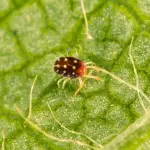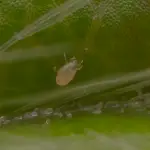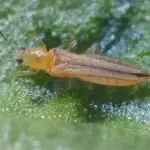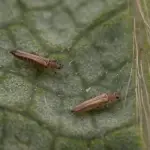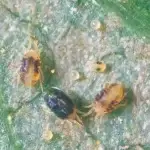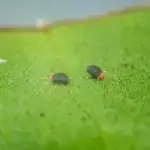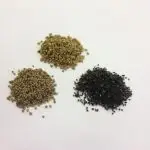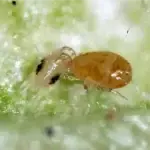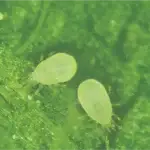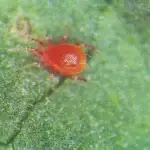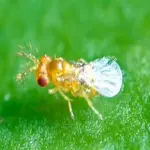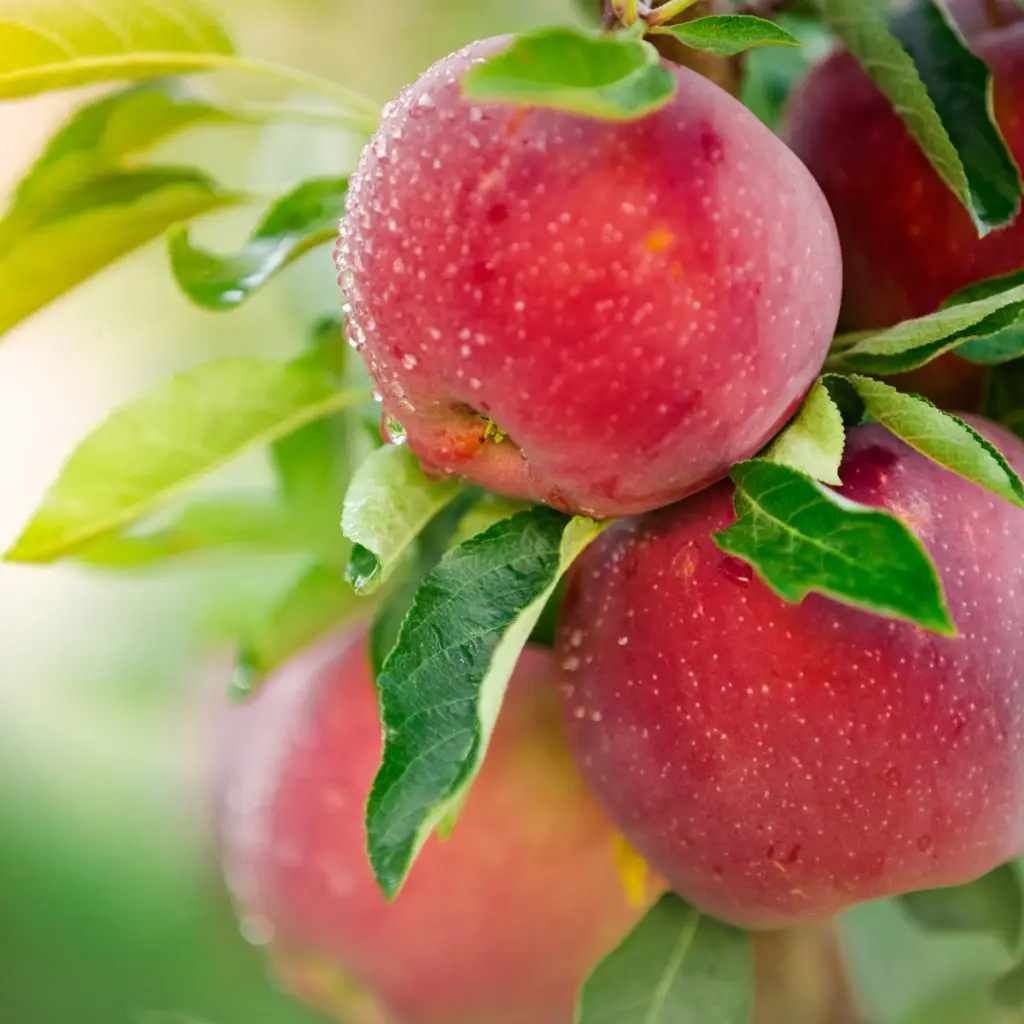Pome Fruit
Overview
Apples, pears, quinces, and loquats are collectively called pome fruits.
Most of the apple and pear growing occurs in Victoria but industries are present in every state.
Many pome fruit pests can be managed with biological controls.
- Spider mites such as Bryobia Mite and Two-Spotted Mite are controlled with Neoseiulus californicus (Californicus), Typhlodromus doreenae (Doreenae), Typhlodromus occidentalis (Occidentalis) and Phytoseiulus persimilis (Persimilis).
- Eriophyid and tarsonemid mites such as Apple Rust Mite (Aculus schlechtendali) and Pearleaf Blister Mite (Eriophyes pyri) can be controlled with Typhlodromus doreenae (Doreenae).
- Aphids attack pome fruits and can be suppressed with various aphid parasitic wasps: Aphidius colemani (Colemani), Aphidius ervi (Ervi), Aphelinus abdominalis (Aphelinus) and Diaeretiella rapae (Diaeretiella), as well as ladybirds, and Green Lacewings.
- Caterpillars of Light Browth Apple Moth, loopers and heliothis are attacked by Trichogramma pretiosum (Trichogramma).
Natural enemies of these pests are likely to be active in orchards where broad-spectrum insecticides are not sprayed.
Signs you have Pome Fruit pests
The key to controlling pests in your stone fruit crop effectively, is detecting them early and introducing beneficials at the right moment.
You can learn how to identify and control each key pest on its dedicated page.
Products you can use to control Pome Fruit pests
Biological Services produces a range of products to control pests among pome fruit.
Other tips for managing pests in your Pome Fruit
Your local Biological Services consultant can provide year-round, professional crop monitoring and expert IPM program advice.
Get tailored advice for your commercial crop
To speak with one of our qualified consultants about your current commercial crop challenge or to learn about the benefits of the IPM maintenance and monitoring services we provide, contact us.
